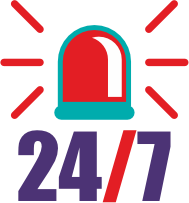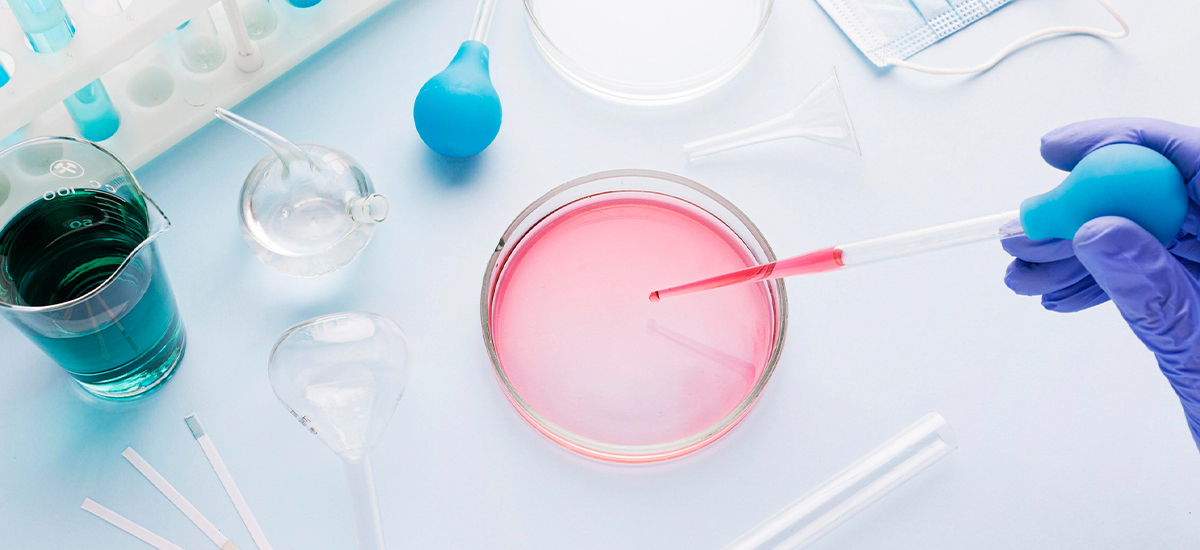Categories
Period Cramps vs Early Pregnancy Cramps
Nov 25, 2025
Why this gets confused—and why it matters
Cramps from different causes can feel the same. Most people don’t know the exact ovulation day, so timing is unclear. Pain strength doesn’t separate a normal period from early pregnancy. That mix-up has consequences. If you assume it’s a period and you are pregnant, you may keep taking NSAIDs, drink alcohol on the weekend, or book imaging that should wait. If you assume pregnancy and you are not pregnant, you cancel plans, miss work, and carry stress for nothing. In the small but serious corner, missing an ectopic pregnancy because the cramps “felt like a period” can turn into an emergency. Getting the call right protects your health and your plans.How to tell: use dates, bleeding pattern, and one well-timed test
When timing is vague, pain is not a guide. If you track ovulation, cramps 10–14 days after ovulation fall in the decision window. If you don’t track, use your expected period date. Period bleeding is red, needs pads or tampons, lasts 3–5 days, and cramps are worst in the first 48 hours. Early pregnancy usually brings no true bleeding or a short pink/brown smear under 24–48 hours. Confirm with a first-morning urine test when you are 2–3 days late, and repeat once 48 hours later if needed. This sequence reduces guesswork and prevents avoidable consequences.Period cramps: what you’ll usually see
Cramps start just before bleeding or on day one. They are strongest in the first two days and ease as the flow lightens. Pain sits low in the belly or back and can run to the thighs. Heat helps. Ibuprofen or naproxen, started early and taken on schedule, helps more. Flow is heavier at the start, and clots are common. Bloating, a short fuse, and skin changes often show up in the days before bleeding. Keeping this pattern in mind prevents you from mislabeling a routine cycle and overreacting.Period cramps: what you’ll usually see
Cramps start just before bleeding or on day one. They are strongest in the first two days and ease as the flow lightens. Pain sits low in the belly or back and can run to the thighs. Heat helps. Ibuprofen or naproxen, started early and taken on schedule, helps more. Flow is heavier at the start, and clots are common. Bloating, a short fuse, and skin changes often show up in the days before bleeding. Keeping this pattern in mind prevents you from mislabeling a routine cycle and overreacting.Five-step home checklist that settles most cases
1. Timing: count from ovulation (10–14 days) or use the expected period date. 2. Bleeding: period = red flow for days; early pregnancy = none or brief light spotting. 3. Companions:- Period: heavier first two days; cramps ease as bleeding eases; ibuprofen/naproxen helps.
- Early pregnancy: breast changes, nausea, fatigue, slightly higher basal temps (if tracked), cramps without real bleeding.
Side-by-side differences you can feel without guessing
- Onset: period cramps start before/with bleeding; pregnancy cramps start when bleeding doesn’t.
- Intensity: period = moderate to strong, wave-like; pregnancy = mild to moderate, on-off.
- Medication response: period = ibuprofen/naproxen helps; pregnancy-possible = avoid those, consider acetaminophen.
- Bleeding: period = red, heavier early, clots common; pregnancy = none or a short, light smear.
- Other signs: period = bloat, irritability, acne; pregnancy = breast changes, nausea, fatigue, smell sensitivity, frequent urination.
- Course: period = worst in 48 hours, then easing; pregnancy = days to weeks of mild twinges.
Implantation” cramps and spotting—specifics that prevent overcalling
- Timing: usually 6–12 days after ovulation (often around day 9) or a few days before the expected period if you don’t track.
- Amount: spotting only—tissue or pantyliner level; not enough to soak pads or tampons.
- Color: pink or brown streaks; no clots, no tissue.
- Duration: 24–48 hours, then it stops.
- Cramps: mild (≈4/10 or less), intermittent, settle with rest or heat. Heavy, bright-red bleeding or bleeding beyond 48 hours is unlikely to be implantation. Using these limits keeps you from mislabeling a normal period or missing a problem.
.Pain relief that won’t backfire
- Period likely: start ibuprofen/naproxen at the first sign and continue on schedule for the first 1–2 days; add heat and light movement.
- Pregnancy possible or confirmed: use heat, rest, hydration, and acetaminophen if approved; avoid NSAIDs unless your clinician advises otherwise.
Negative test but the pattern is off
If you are one week late, tests are negative, and cramps continue without bleeding, book a visit. Stress, travel, thyroid changes, new training, medication shifts, or an ovarian cyst can delay bleeding. Getting checked prevents missed diagnoses and another week of uncertainty.Red flags—go now
- Severe, one-sided pain, shoulder pain, dizziness, or fainting (possible ectopic pregnancy).
- Bleeding that soaks a pad an hour for two hours, or large clots with worsening pain.
- Fever, foul discharge, or escalating pain.
- A positive test with increasing pain or bleeding.
Quick answers that save time
- Earliest useful test: about 10–12 days after ovulation; best accuracy when 2–3 days late.
- Cramps without spotting in early pregnancy: common.
- Mild period cramps: possible—decide by timing and bleeding, not pain strength.
- On birth control: pills can blunt cramps and bleeding; missed pills or skipped packs make timing unreliable—test if pregnancy is possible.











